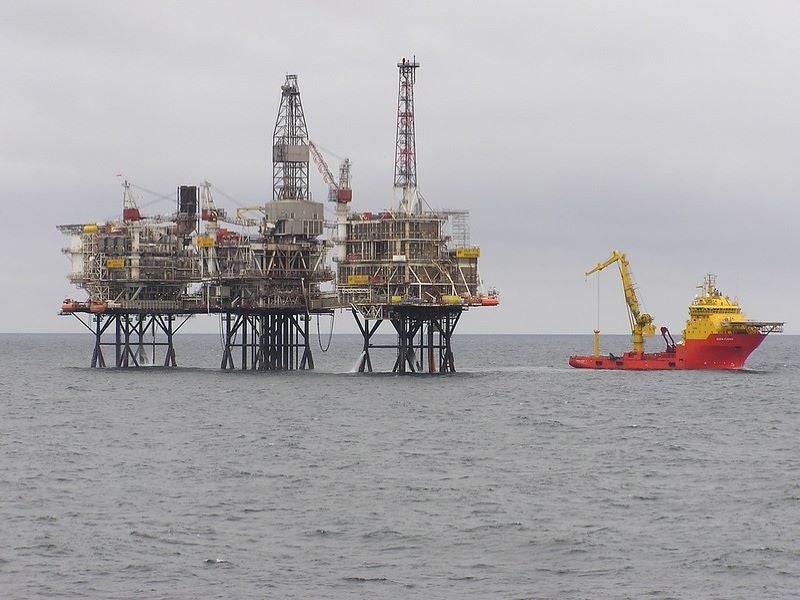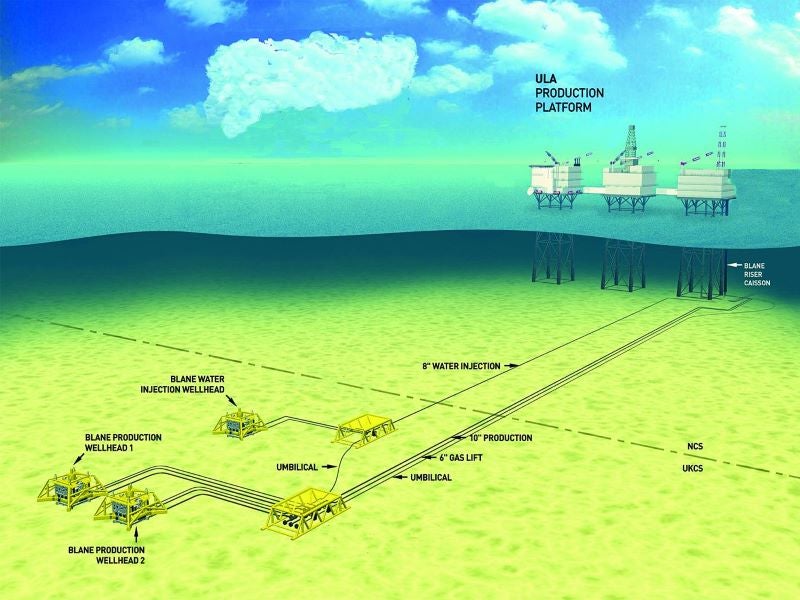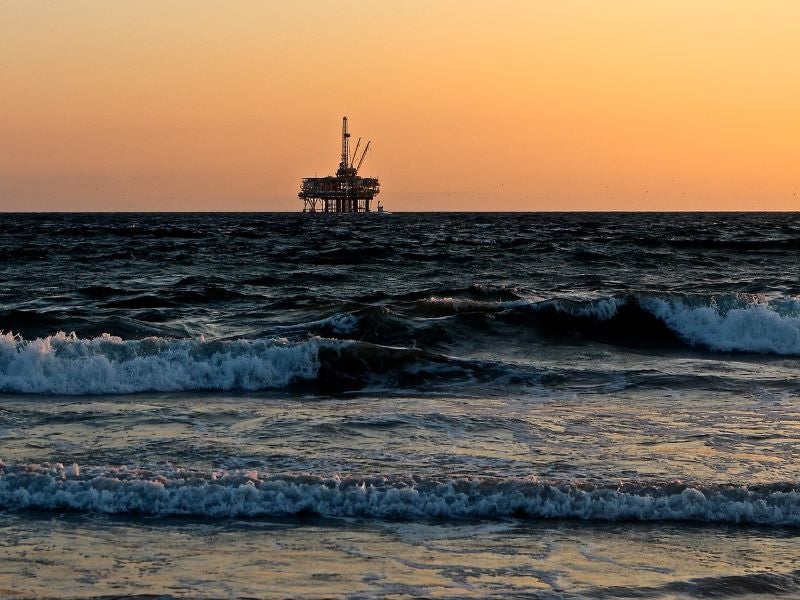Blane is a cross-border oil field that straddles the UK and the Norwegian sectors of the North Sea with 82% of the field in the UK and 18% in Norway.
Repsol Norge, a wholly-owned subsidiary of Spanish petroleum company Repsol, operates the unitised field, which has been producing since September 2007.
Repsol Norge holds 18% interest in the Blane Unit, while the other partners include DNO North Sea UK (43.49%), Repsol Sinopec Resources UK (25%), Korea National Oil Corporation’s (KNOC) wholly-owned subsidiary Dana Petroleum (BVUK, 12.5%), and DNO North Sea (ROGB, 1%).
DNO is an oil and gas company based in Norway, whereas Repsol Sinopec Resources UK is a joint venture between Repsol’s subsidiary Talisman Colombia Holdco (51%) and China Petroleum and Chemical Corporation’s (Sinopec) subsidiary Addax Petroleum UK (49%).
In February 2022, Repsol Norge received approval from the Petroleum Safety Authority Norway (PSA) to extend the life of the Blane field until July 2027. Prior to the extension approval, the Blane field production licence in Norway was valid until the fourth quarter of 2022.
Location and production licence details
The Blane field is located in 70m-deep waters in the southern part of the Norwegian North Sea, on Norway’s maritime border with the UK, 260km off the coast of Aberdeen, Scotland.
The cross-border field spans production licence (PL) 111 in block 30/03a UPPER of the UK North Sea and PL 143 BS in in block 1/2 of the Norwegian continental shelf (NCS).
Repsol Sinopec Resources UK is the operator of PL 111 holding 30.49% interest, while the other partners in the licence include DNO North Sea UK (50.53%), BVUK (15.24%), and ROGB (3.74%).Faroe Petroleum (UK) acquired 17.07% interest in PL 111 from JX Nippon Exploration and Production (UK) in 2017. DNO acquired Faroe Petroleum in January 2019.
Discovery and reservoir details
The Blane field was discovered by wildcat wells 1/2-1 and 30/3a-1 in the Norwegian and the UK sectors respectively in 1989.
Located at a depth of 3,100m beneath the seabed, the field’s reservoir comprises Paleocene sandstone of the Forties Formation.
Oil recovery at the field involved injecting water produced from the Blane, Tambar and Ula fields until a rupture was noticed in the flowline in 2019. Since then, pressure depletion and gas lift have been employed for resource extraction.
Blane field development details
The UK and Norwegian authorities approved the Blane field development plan in 2005. The field was developed as subsea tieback to the Ula platform located in the Norwegian sector of the North Sea 35km north-east of Blane.
The Blane field development comprises two horizontal production wells, one water injection well and a subsea production manifold located in the UK sector of the North Sea. The subsea facility is connected to the Ula platform through a 10in production pipeline, a 6in gas lift line and an umbilical, along with an 8in water injection pipeline.
Blane wellstream is processed in the Ula platform, from where the crude oil is transported by the Ula oil pipeline to the Ekofisk field for further export through the Norpipe oil pipeline to Teesside, UK.
Ula field details
The Ula field operated by Aker BP has been producing since October 1986. It consists of a living quarters platform, a processing platform and a drilling platform connected by bridges.
The Ula field processing platform handles production from the Blane, Tambar, and Oda fields. The platform houses modules for wellstream separation, compression and water injection.
Contractors involved in Blane field development
Oceaneering Multiflex (UK) manufactured and supplied the umbilicals for the Blane field project, while Subsea 7 UK was engaged to install the umbilicals.
Corus supplied the subsea pipeline for the Blane project, whereas Allseas UK received the pipeline installation contract.
Det Norske Veritas provided design and engineering services and Blue Water Shipping provided logistics services for the project.
Tenaris Dalmine supplied coated pipelines, while Logstor supplied insulation coating and Cooper Cameron Valves Italy supplied valves for the Blane subsea development.
Vetco Gray Norway provided diverless connectors and Allseas Marine Contractors provided trenching and commissioning services for the project.





